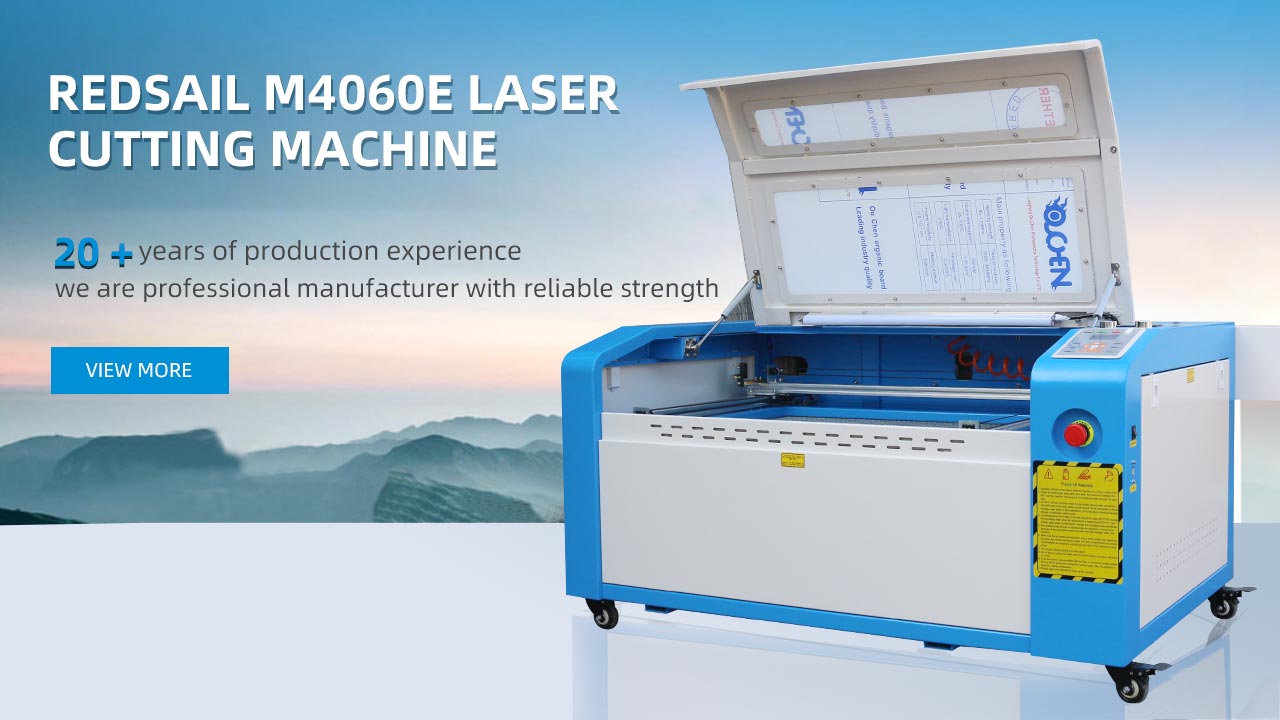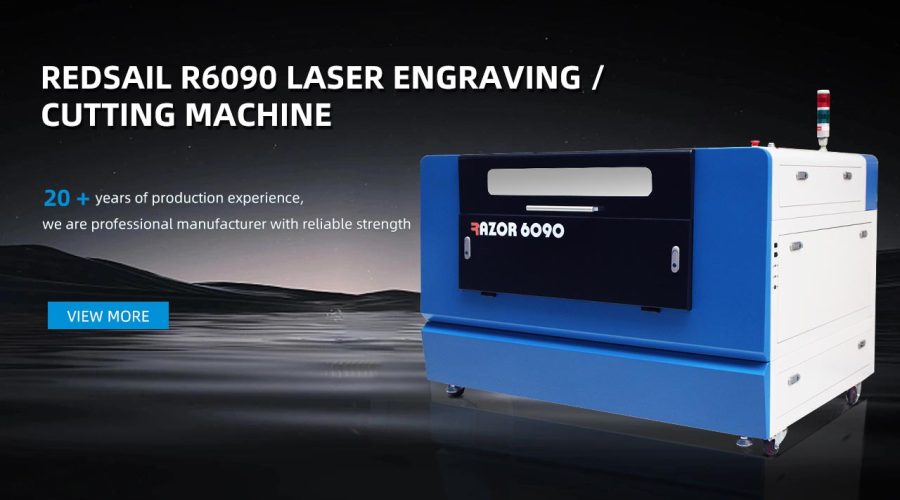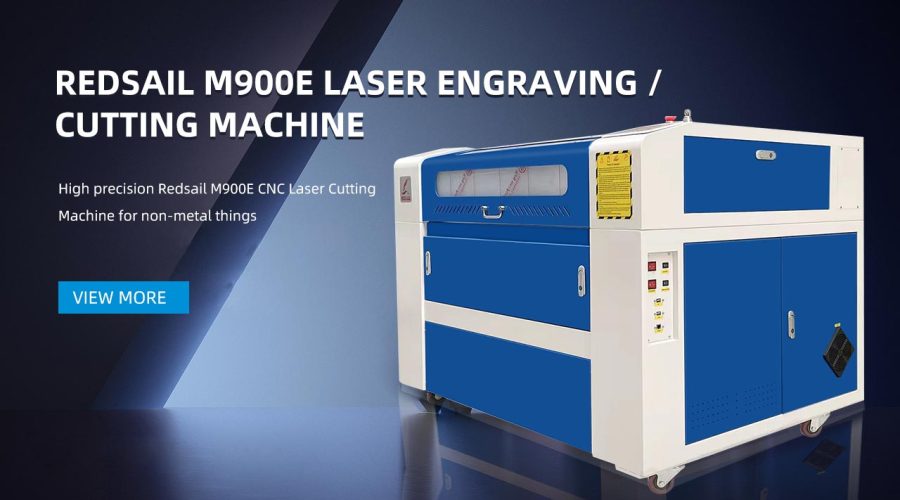Unraveling the Enigma: The Science Behind Laser Cut Wood Quality
Introduction
Laser cutting has gained immense popularity in various industries, especially when it comes to working with wood. The precision and versatility of laser cutters have revolutionized woodworking projects. However, achieving optimal wood quality after laser cutting is a science that requires a thorough understanding of several factors. In this article, we will explore the key elements that influence wood quality during laser cutting and the scientific principles behind them.
1. Material Composition
The wood’s composition significantly affects the quality of the laser cut. Different wood species have varying densities, resin contents, and moisture levels. The laser’s energy interacts differently with these properties, resulting in varying cutting characteristics. For example, hardwoods like oak and maple tend to produce cleaner cuts compared to softwoods like pine or cedar due to their higher density and lower resin content.
2. Moisture Content
Moisture content plays a crucial role in laser cutting wood. Woods with high moisture content tend to produce more smoke and charring during laser cutting. The moisture absorbs part of the laser’s energy, reducing its effectiveness in vaporizing the wood. Additionally, moisture can cause wood to warp, resulting in inaccurate cuts. It is essential to ensure the wood has been adequately dried before laser cutting to achieve optimal results.
3. Laser Power and Speed
The laser power and speed settings significantly impact the quality of the cut. High laser power can quickly vaporize the wood, resulting in a cleaner cut. However, it may also cause excessive charring and smoke. On the other hand, low laser power may not effectively cut through denser woods, leading to incomplete or uneven cuts. Adjusting the speed of the laser also affects the quality, as slower speeds allow more time for the wood to absorb excessive heat, leading to charring. Finding the right balance between power and speed is crucial for achieving optimal wood quality.
4. Focusing
Proper laser beam focusing is essential for obtaining precise and clean cuts. The laser beam’s focal point should be on the surface of the wood being cut. When the laser beam is focused correctly, the energy is concentrated, resulting in a narrow and well-defined cut. However, if the beam is out of focus, the energy gets dispersed, leading to wider cuts, increased charring, and reduced overall wood quality.
5. Protective Coating
Applying a protective coating on the wood surface prior to laser cutting can help improve the overall wood quality. The coating acts as a shield, preventing excessive charring and smoke during the cutting process. It also helps in reducing the potential for scorch marks on the wood surface. Using appropriate coatings, such as masking tape or specialized laser-cutting films, can significantly enhance the final outcome.
FAQs
Q1: Can laser cutting be used on all types of wood?
A1: Laser cutting can be used on various types of wood, including hardwoods and softwoods. However, the quality of the laser cut may vary depending on the wood species and its properties, as discussed earlier in this article.
Q2: Why does excessive charring occur during laser cutting?
A2: Excessive charring occurs when the laser power is too high or the speed is too slow for a particular wood type. It can also happen when the laser beam is out of focus. Finding the right combination of power, speed, and focus is crucial to minimize charring and achieve cleaner cuts.
Q3: How can I improve the precision of laser cuts?
A3: To improve precision, ensure proper laser beam focusing, use high-quality wood with consistent material composition, and adjust the laser power and speed settings appropriately. Regular maintenance and cleaning of the laser cutter also contribute to achieving better precision.
Q4: Are there any safety precautions to consider when laser cutting wood?
A4: Absolutely! When laser cutting wood, ensure proper ventilation to remove smoke and fumes. Wear appropriate personal protective equipment, such as goggles and gloves, and be cautious of potential fire hazards. It is crucial to follow the manufacturer’s guidelines for safe operation of the laser cutter.
Conclusion
Laser cutting wood is an intricate process that requires a deep understanding of various scientific principles. Material composition, moisture content, laser power and speed, focusing, and protective coatings are all crucial factors that directly influence wood quality during laser cutting. By comprehending these elements and implementing appropriate measures, woodworkers can unlock the true potential of laser cutting technology and achieve exceptional wood quality in their projects.





